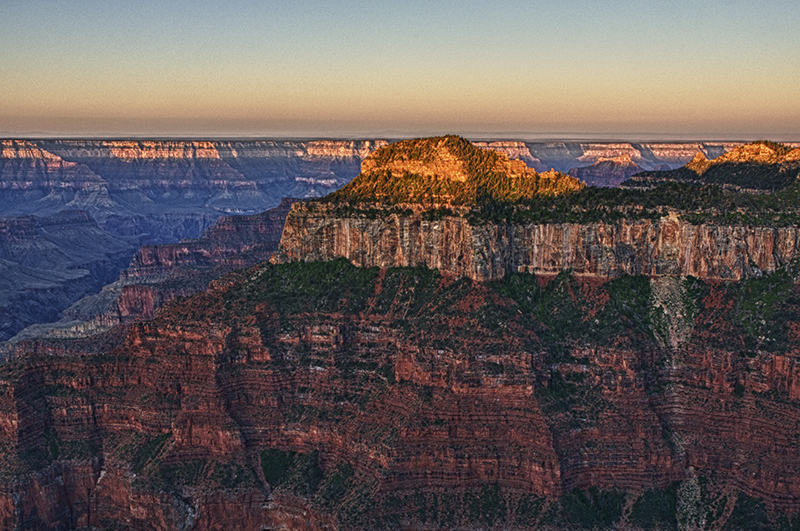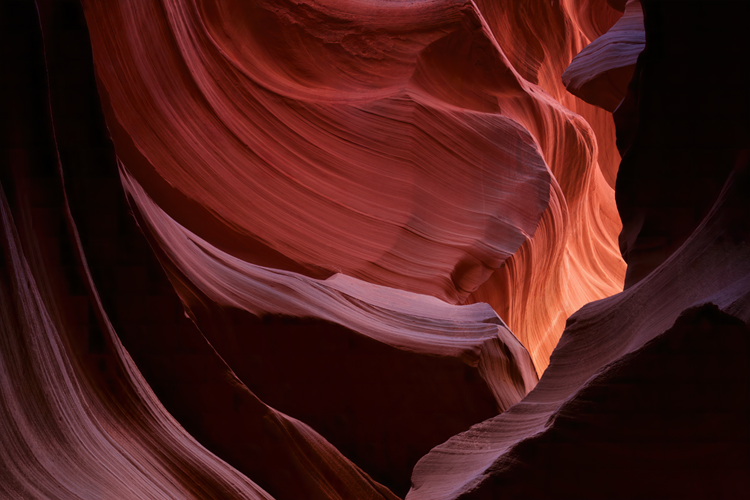Rock of Ages
The Lord is my rock and my fortress and my savior, my God, my rock, in whom I take refuge; my shield and the horn of my salvation, my stronghold. Psalm 18:2 NASB
Rock – Gibraltar or the Grand Canyon? When you read this verse, do you think of granite or sandstone? They’re both rocks. Which one comes to mind? Before you answer, think about the rocks in David’s life. What kind of stone do you find in Israel? Israel’s geology is mostly limestone, sandstone, chalk, and marl. In fact, Mount Scopus, a place that David certainly knew, is chalk, marl, and clay. Basalt is found only in the north. This poem employs two different words, but since both are translated “rock,” English readers don’t know the difference. It’s time to find out.
In the first instance of “rock,” the poet uses the word selaʿ. In the second instance, he uses a another word, ṣûr. What is the difference? TWOT comments on selaʿ:
This noun is related to an Arabic root salaʿa “split” (hence silʿn “fissure”). As opposed to ṣûr “rock,” (with which it is often used interchangeably, which lays emphasis on a more massive rock; cf. Aramaic ṭûr “mountain”), it refers basically to a cleft in a rock, thence a rock or cliff.[1]
When the poet writes, “The Lord is my rock,” he uses a metaphor for hiding places. His picture of a rock is one with fissures, caves, clefts, where a man can find safety. He is not thinking of Gibraltar, at least not ancient Gibraltar before men drilled tunnels in the rock. When he uses the second word, “My God, my rock,” he is thinking of a mountain, a massive geological structure. But once again, he is not necessarily thinking of Gibraltar. Mount Nebo or Mount Hermon are more likely.
Why is this important? Well, in Israel rocks change. Sandstone is rock, but it’s subject to changes. Wind, water, and other environmental factors alter its shape over time. Like Antelope Canyon in Arizona, over the centuries the shape of the rock changes. In fact, the changing shape is what makes it so beautiful. Think of the Grand Canyon, a magnificent marvel of nature shaped by erosion. “The Lord is my rock” does not mean nothing about my relationship with Him ever changes. It means He remains despite all the forces that act upon the relationship. His protection alters depending on the circumstances, but it is always there. We can say pretty much the same thing about the word ṣûr. A mountain isn’t the same as a hiding place, but it is clearly visible. What matters with ṣûr is its presence. You can see the snows on Hebron from hundreds of miles away. You can see the majesty of God from one end of the heavens to the other. An old hymn really captures the thought: “Rock of ages, cleft for me; let me hide myself in Thee.” Safety and symbol; not unmovable, unchanging granite but rather constantly shifting security. God is my rock, a rock in Israel, not Nepal.


Topical Index: rock, ṣûr, selaʿ, sandstone, change, safety, Psalm 18:2
[1] Patterson, R. D. (1999). 1508 סלע. R. L. Harris, G. L. Archer Jr., & B. K. Waltke (Eds.), Theological Wordbook of the Old Testament (electronic ed., p. 627). Chicago: Moody Press.



